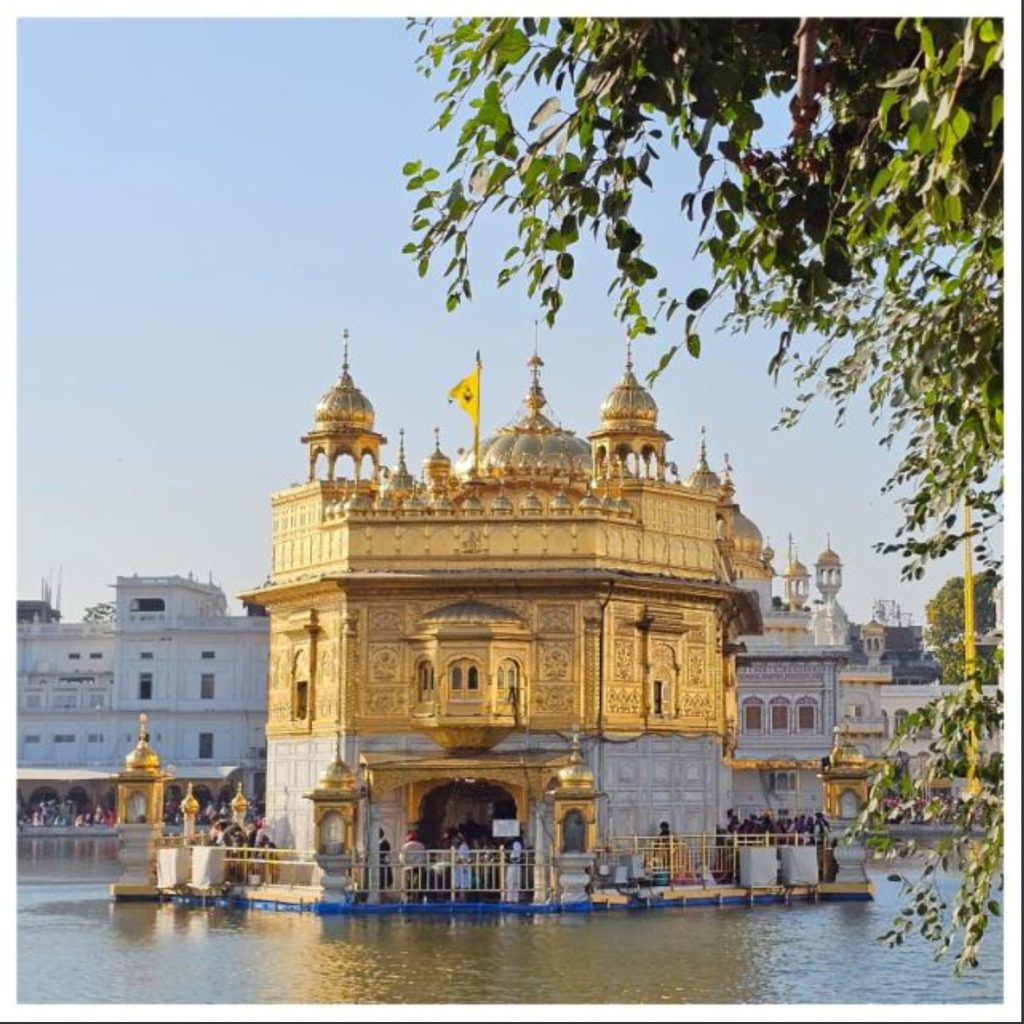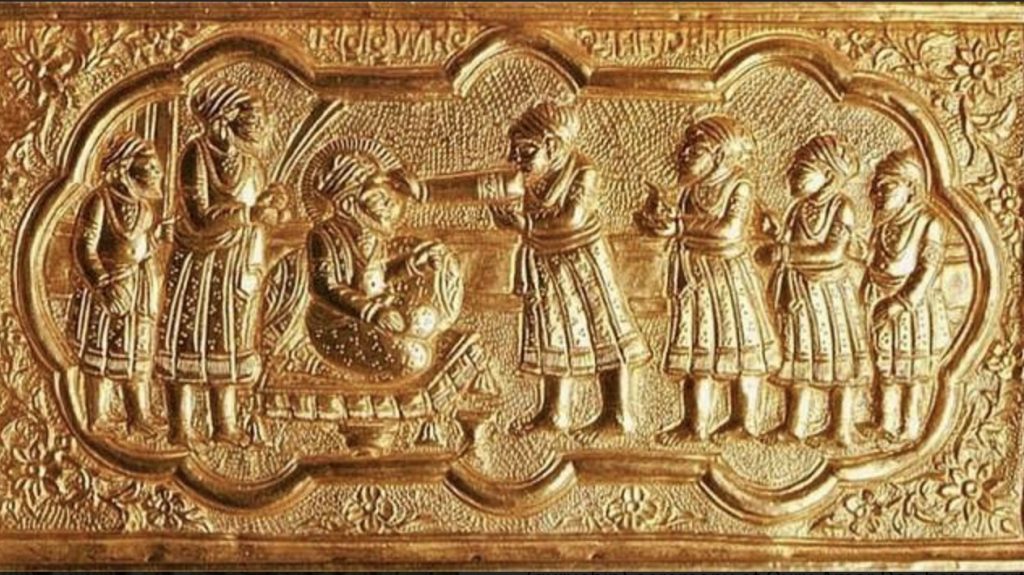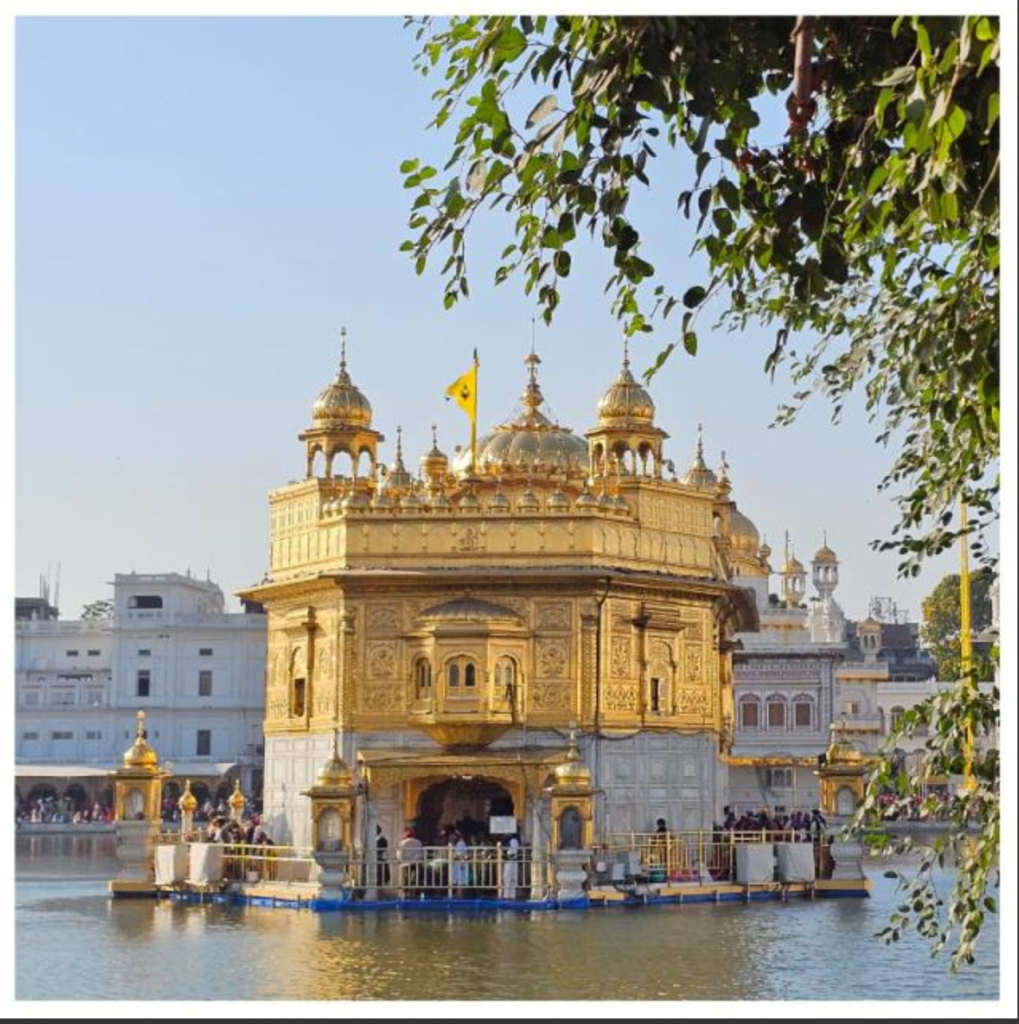Explore the iconic Golden Temple, a symbol of faith and peace, accessible to all in Amritsar. Visit this architectural marvel surrounded by its sacred pool.
Discover the story of Masse Khan Ranghar's reign over Amritsar & his defiance against Sikh visits to the Harimandar, ending with a dramatic act of revenge.
Explore the tale of Prithi Chand—his role as a Mina, conflicts over Sikh succession, and lasting impact on religious history.
Explore the devotion of Bhai Piara, a RandhavaJatt Sikh, serving Harimandar Sahib during Guru Hargobind's detention at Gwalior Fort.
Discover the life of Sant Sham Singh, a revered Sikh musician born in 1803, known for his kirtan and spiritual guidance at Amritsar's Golden Temple.
Explore the tale of valor at Gurdwara Shahidganj Baba Gurbakhsh Singh, honoring the brave stand against the Durrani in 1764. Learn more about this historic shrine.
Explore the rich history of Toshakhana, a treasury of invaluable offerings at the Harimandar in Amritsar, from gold ornaments to historical relics.
- 1
- 2





